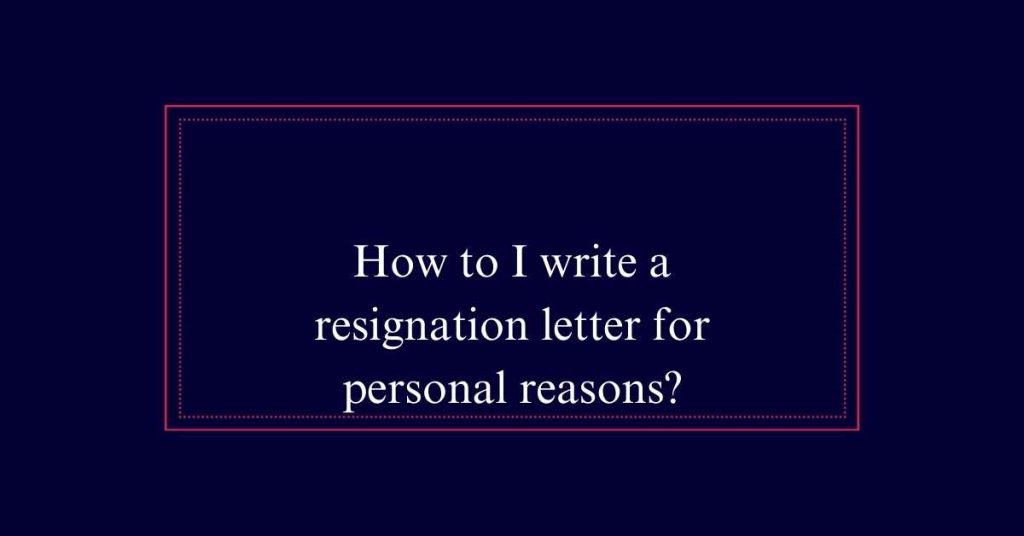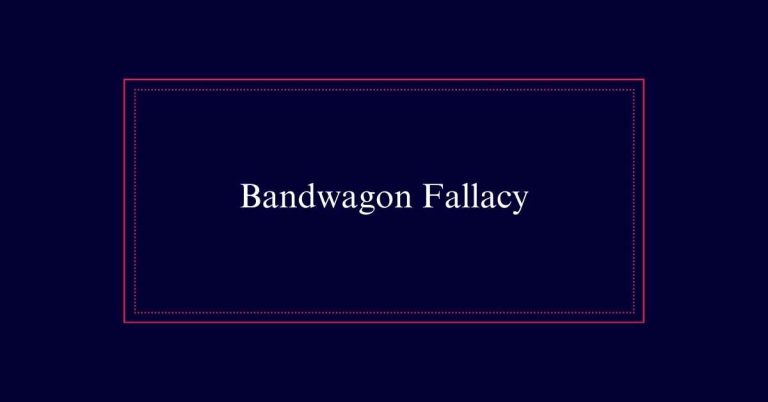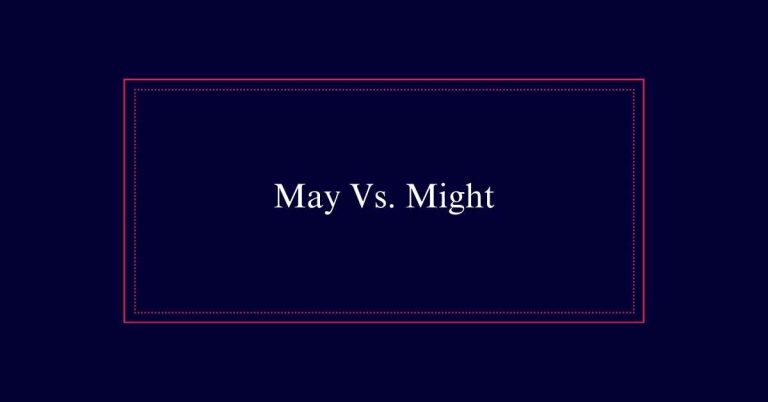How to write a resignation letter for personal reasons?
When writing a resignation letter for personal reasons, keep it clear and professional. Start by stating your intention to resign and your last working day.
Express gratitude for the opportunities at the job and offer to help with the handover. Avoid excessive details about your personal reasons; just mention that they are the cause.
Use a respectful tone and thoroughly proofread your letter to avoid errors. Providing a standard two-week notice shows professionalism and helps maintain good relationships.
Understanding Personal Reasons
Personal reasons for resigning often stem from significant life events or changes that require your immediate attention. You might face a family emergency, need to prioritize mental health, or pursue further education.
Sometimes, non-work-related occurrences just demand your focus. When you decide to leave due to personal reasons, it’s important to keep your resignation letter simple and clear. You don’t need to explain the specifics. Just state that you’re resigning for personal reasons. This keeps things professional and respects your privacy.
Importance of Notice Period
When resigning for personal reasons, providing a notice period is essential for ensuring a smooth departure. It allows your employer to find a replacement and plan for your exit. Typically, a two-week notice is standard, but check your contract for specifics.
Giving notice demonstrates professionalism and respect for your employer and colleagues. It also gives you time to wrap up your projects and ensure a seamless handover of your responsibilities.
A proper notice period helps maintain good relationships and leaves the door open for future opportunities. Remember, your professional reputation matters. By offering a notice period, you show that you care about the company’s well-being, even as you prepare to leave. It’s a win-win for everyone involved.

Key Elements to Include
Your resignation letter should include several key elements to guarantee clarity and professionalism. Start with the date at the top.
Address it to your supervisor or the appropriate person. Clearly state your intention to resign and mention your last working day. You don’t need to give specific personal reasons, just say it’s for personal reasons.
Express gratitude for the opportunities you’ve had at the company. Offer assistance with the handover.
Conclude with a polite closing and your name. Keeping it short and to the point ensures that your message is clear.
This structure helps you leave on good terms and maintains a professional tone.
Maintaining Professional Tone
Ensuring a professional tone in your resignation letter is key to leaving a positive impression. Use respectful language and avoid slang. Keep sentences short and clear. Express gratitude for the opportunities you’ve had. This shows appreciation and maintains goodwill.
Avoid venting frustrations or criticizing the company. Focus on being concise and polite.
State your intention to resign and your last working day clearly. Offer to help with the changeover process. This illustrates your professionalism and dedication.
Proofread your letter to catch any errors. A well-written letter reflects your attention to detail and respect for your employer.
Using AI Tools
Utilizing AI tools can streamline the process of drafting a professional resignation letter. These tools save time and guarantee your letter is error-free. Some AI tools even offer resignation letter templates. You simply input your details, and they generate a polished draft for you.
AI tools help maintain a formal tone and clarity in your letter. They guide you in structuring sentences and paragraphs effectively.
Personalizing the Letter
After creating a draft, it’s important to personalize the letter to reflect your unique situation. Start by addressing your manager by name rather than using a generic greeting. Mention specific experiences or projects that were meaningful to you. This shows genuine appreciation.
Clearly state your reason as ‘personal reasons’ without going into too much detail. You might mention how much you’ve valued the support of your team. Offer to help with the handover to make the process smoother for everyone.
Lastly, end on a positive note. Express gratitude for the opportunities you’ve had. Personal touches make the letter sincere and memorable, leaving a good impression even as you depart.
Proofreading Tips
Reviewing your resignation letter guarantees it’s free of errors and maintains a professional tone. Carefully proofreading your letter will ensure clarity and professionalism.
Here are some tips to follow:
- Read Aloud: Hearing the words helps catch awkward phrasing or errors.
- Check for Typos: Use spell-check tools but also manually review for mistakes they might miss.
- Consistency: Make sure dates, names, and other details are consistent throughout.
- Grammar and Punctuation: Ensure correct use of grammar and punctuation to keep your letter polished.
Offering Transition Help
Offering to help with the handover can ease the impact of your departure on the team. It shows that you care about the company and your colleagues. You might offer to train your replacement, document your daily tasks, or create a handover guide. This makes the changeover smoother and reduces any potential disruption.
Mention in your resignation letter that you’re willing to assist during the notice period. Be specific about how you can help. For example, you could say, ‘I’m happy to train my successor or provide detailed notes on ongoing projects.’ This proactive approach will be appreciated and leaves a good impression. It also ensures that your work is continued seamlessly.
Communicating With Colleagues
When resigning, it’s important to communicate openly with your colleagues. Sharing your decision helps maintain professional relationships and guarantees a smooth handover.
Here are some steps to follow:
- Inform close colleagues first: Let them know personally before they hear it through the grapevine.
- Be positive: Focus on the good times and express gratitude for their support and friendship.
- Offer assistance: Assure them you’ll help with the handover and answer any questions they might have.
- Plan a farewell: Organize a small gathering or send a farewell email to say goodbye formally.
Meeting With Supervisor
Meeting with your supervisor to discuss your resignation is an essential step in the process. Schedule a private meeting to inform them in person. This shows respect and professionalism.
Be clear and concise about your decision to resign due to personal reasons. You don’t need to go into details—simply state that personal circumstances require your departure.
Express gratitude for the opportunities and experiences you’ve had. Offer to help with the handover, whether by training a replacement or completing pending tasks. This will leave a positive impression.
Make sure to bring a printed copy of your resignation letter to the meeting. This helps formalize your decision and provides a record for HR.
Frequently Asked Questions
Can I Retract My Resignation if My Personal Situation Changes?
Yes, you can retract your resignation if your personal situation changes. Contact your employer as soon as possible. Explain the change and express your desire to stay. They may accept, especially if your position hasn’t been filled.
How Should I Address Potential Counteroffers From My Employer?
When addressing potential counteroffers, express your gratitude to your employer but remain firm on your decision if your personal reasons are non-negotiable. Politely decline and emphasize that you have carefully considered your decision for your well-being.
Should I Include My Personal Contact Information in the Resignation Letter?
Yes, include your personal contact information in the resignation letter. It helps your employer reach you after your departure for any final details or follow-up questions. Keep it simple: phone number and email address.
What Should I Do if My Resignation Notice Is Not Acknowledged?
If your resignation notice isn’t acknowledged, follow up with your supervisor or HR in person or via email. Confirm receipt and reiterate your last working day. Always keep a copy of your resignation letter for your records.






